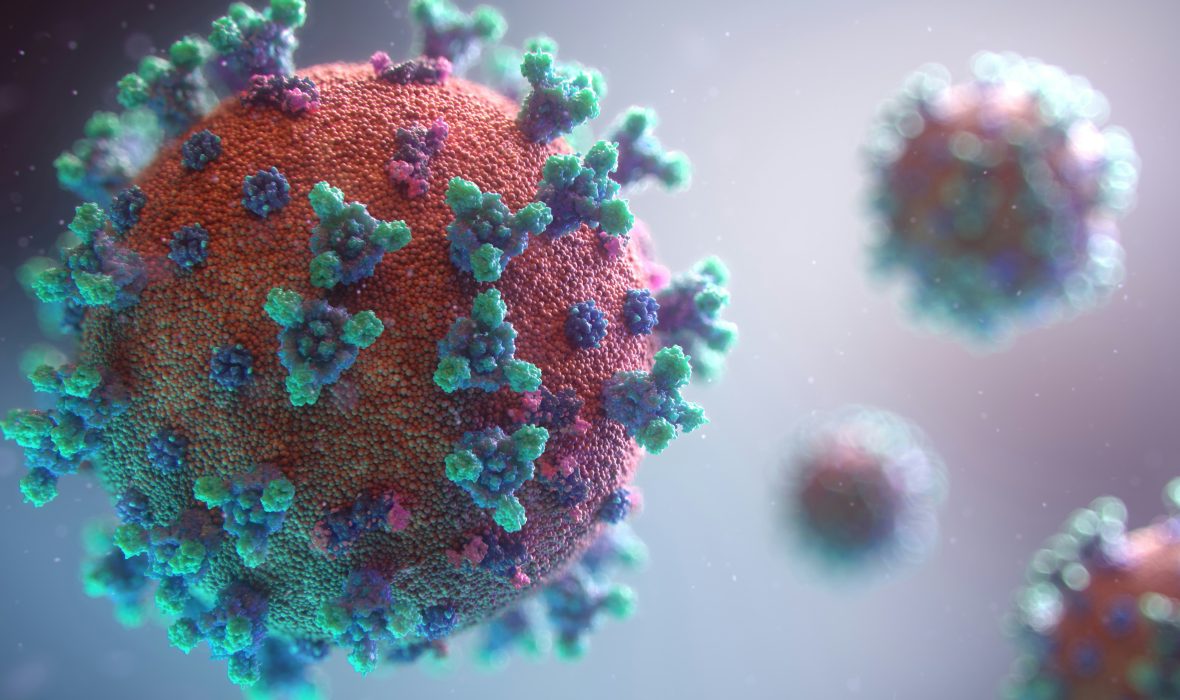“I’m having a really hard time breathing.”
One day earlier, our oldest daughter had stayed home from work because of a low-grade fever. By the time Hannah called us from her apartment, the fever had refused to recede, and she was struggling to breathe.
“Drive yourself to the emergency room,” my wife told her, “and see what they say.”
What they said was “pneumonia,” but it quickly became clear they were treating Hannah for something worse. What also became clear was that her condition wasn’t improving.
When the Coronavirus Hits Home
Two days after the hospital admitted Hannah, a physician called to let us know that her lungs weren’t delivering sufficient oxygen to her body. If the medical team didn’t place her on a ventilator before the end of the day, cardiac arrest seemed the most likely outcome. Based on the condition of her lungs, the doctor had concluded that the cause was the novel coronavirus. When I asked a nurse if my wife and I could visit Hannah in the intensive-care unit, the nurse replied, “You don’t want us to call you to visit. If we ask you to come see her, it’s because the doctor doesn’t think she’s going to make it to the next day.”
A 23-year-old on a ventilator in intensive care was nothing we could have anticipated seventeen years ago when God worked through the foster-care system to place Hannah in our lives. The first couple days on the ventilator, Hannah was sufficiently coherent to video conference with us through her phone, even though she couldn’t speak. But then it became necessary for the medical team to sedate her, and the distance between us grew silent and dim.
To read the rest of the article, click here: “Trusting God’s Hand When I Couldn’t See His Face”


